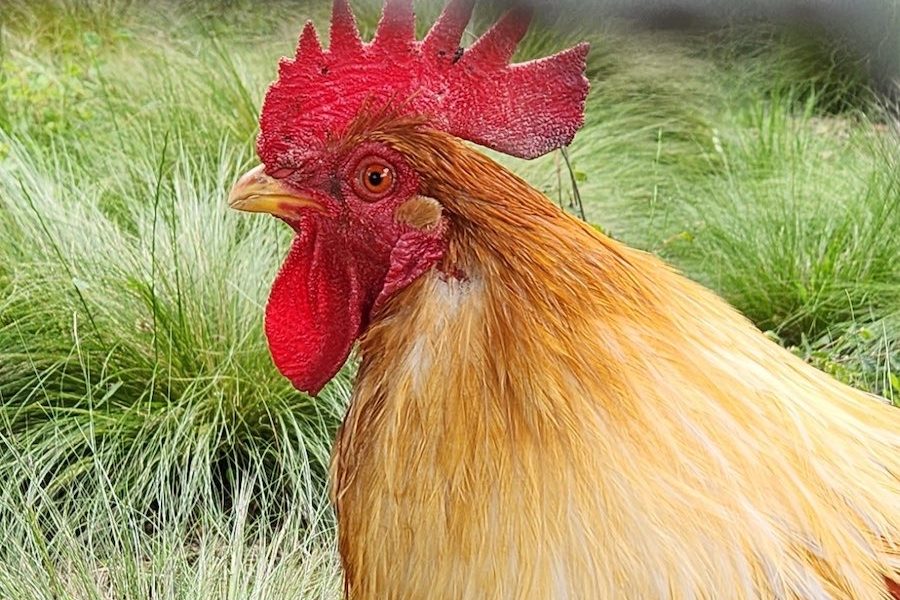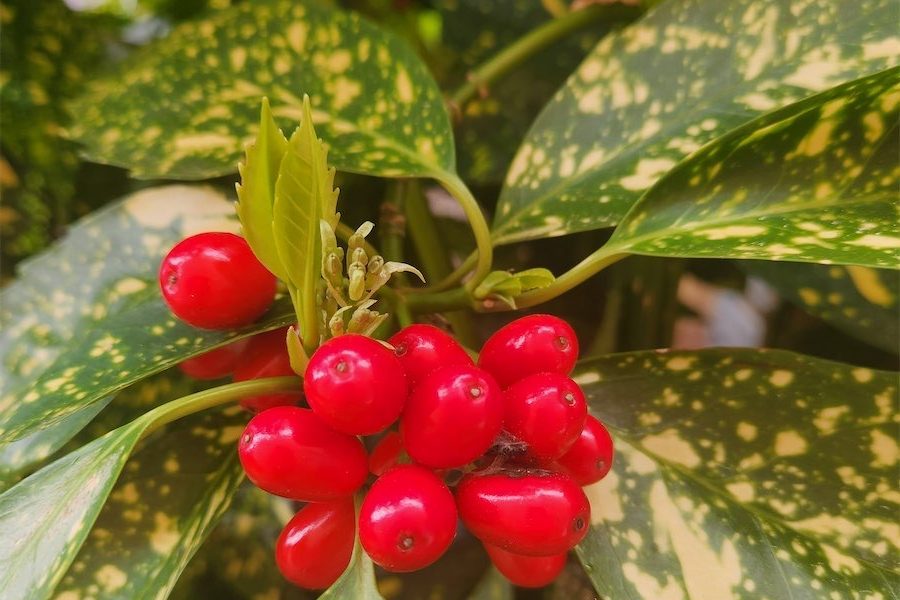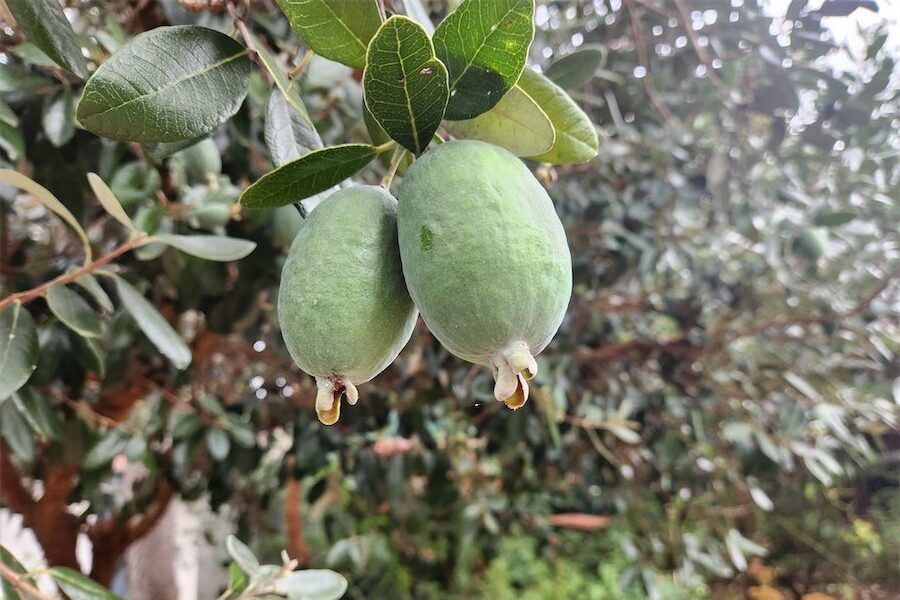
Keeping backyard chickens is an economical and sustainable way of having eggs, compost and, most of all, company in the garden, says gardening columnist JACKIE WARBURTON.
CHICKENS come with their own personality and are useful in turning soil over, eating weeds and foraging for insects.

Although it’s not recommended to have male chickens (roosters) due to their loud crowing at dawn.
Roosters are not required for egg production, so keeping only hens is the best option.
There are many suitable breeds for our climate. The best egg layer for me has been the ISA Brown. It lays around 260-300 eggs a year, but only for about three to four years. They are generally short-lived.
The ISA (Institut de Selection Animale) is a French hybrid breed developed for optimum egg production and a terrific all-rounder to have in the coop.
Bantams can be a great addition, too, for anyone with children. The birds need less space, eat less and are easier to handle. Their eggs are smaller, too.
Chickens need the night protection of a secure cage from predators such as ferrets and foxes. They can be left to roam during the day.
They’re a simple pet that needs a dry space, straw or shredded paper for bedding and fresh, clean water.

A TOUGH, old-fashioned plant that grows in a shady garden in Canberra is the “Gold Dust Plant” or “Spotted Laurel” (Aucuba japonica Variegata). The “Spotted Laurel” is grown for its striking foliage – dense growth habit and its leathery glossy leaves. While it can be a feature in a shady garden, it must be protected from the summer sun to prevent leaves from scorching and turning black.
They are dioecious plants, which means there are male and female plants. If both are planted together, the females will produce beautiful red berries that live on the bush for many months through winter.
There is a low-maintenance cultivar called “Rozannie” that’s available with male and female parts on every flower. It’s guaranteed to flower and have attractive berries right through winter.
They will need to be watered for the first few months, but once their roots are down, they’re drought hardy and grow well under the eaves or in shade.
It’s a long-lived and reasonably fast-growing plant that can be used as an informal hedge.
HEDGE maintenance will be at its busiest in the next month or so. Hedges will need pruning after the spring growth and the heat of summer sets in.
Any large, hard pruning of evergreen hedges needs to be done in the next month to allow time for them to put on new growth before the summer heat sets in.
Pruning to have the bottom of the hedge slightly wider than the top will result in a better-looking hedge and let the light into the centre of the bush to thicken it and promote new growth.
Some hedges will have some pest and disease issues that can be seen now. Cleaning old leaves from underneath hedges and keeping the water up to them along with fertilisers will get them through the warmer months.
Jottings
- Net fruit trees that have finished flowering to protect fruit from insect damage.
- Begin to plant potted colour for a Christmas display.
Who can be trusted?
In a world of spin and confusion, there’s never been a more important time to support independent journalism in Canberra.
If you trust our work online and want to enforce the power of independent voices, I invite you to make a small contribution.
Every dollar of support is invested back into our journalism to help keep citynews.com.au strong and free.
Thank you,
Ian Meikle, editor









Leave a Reply